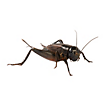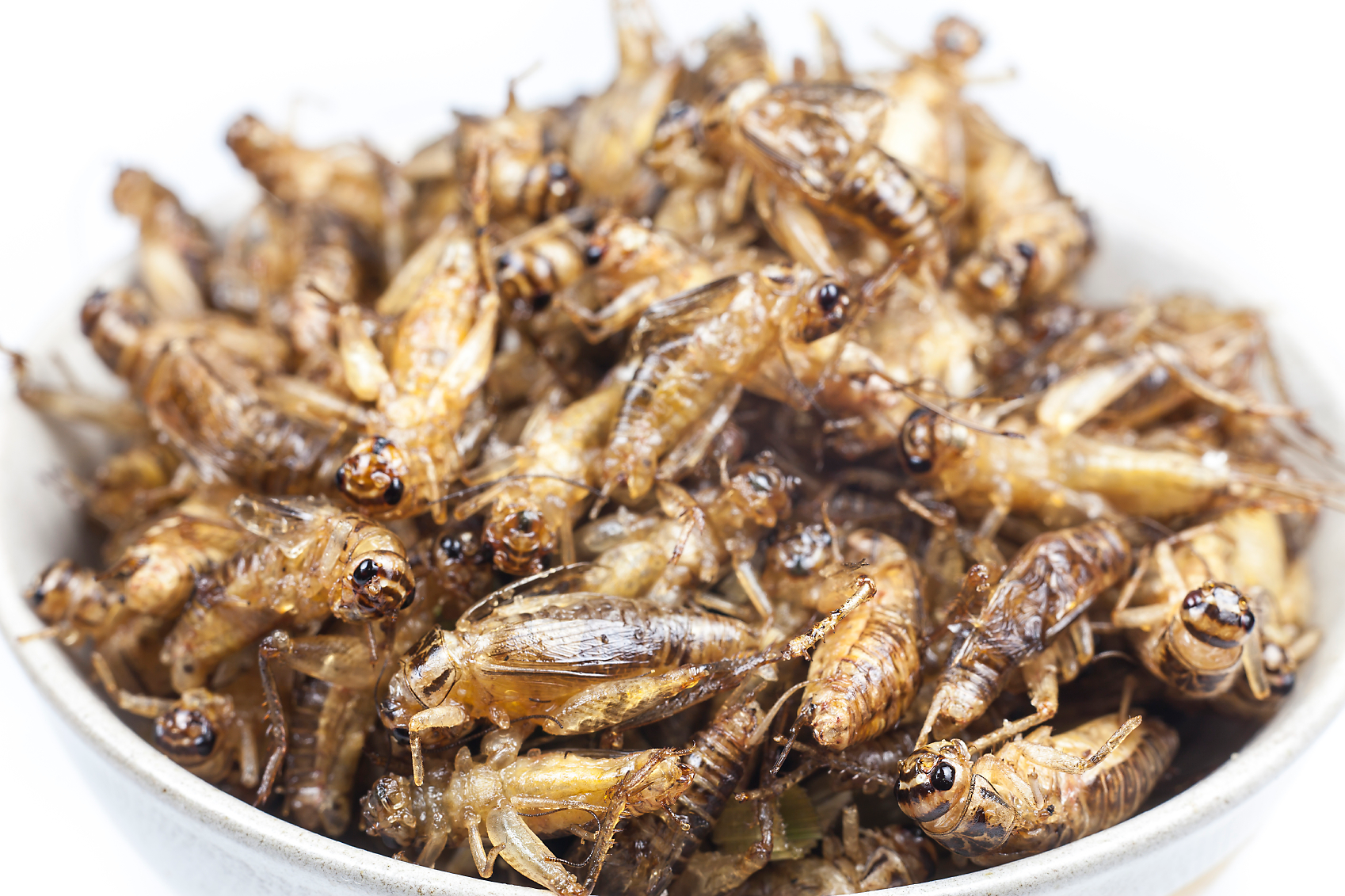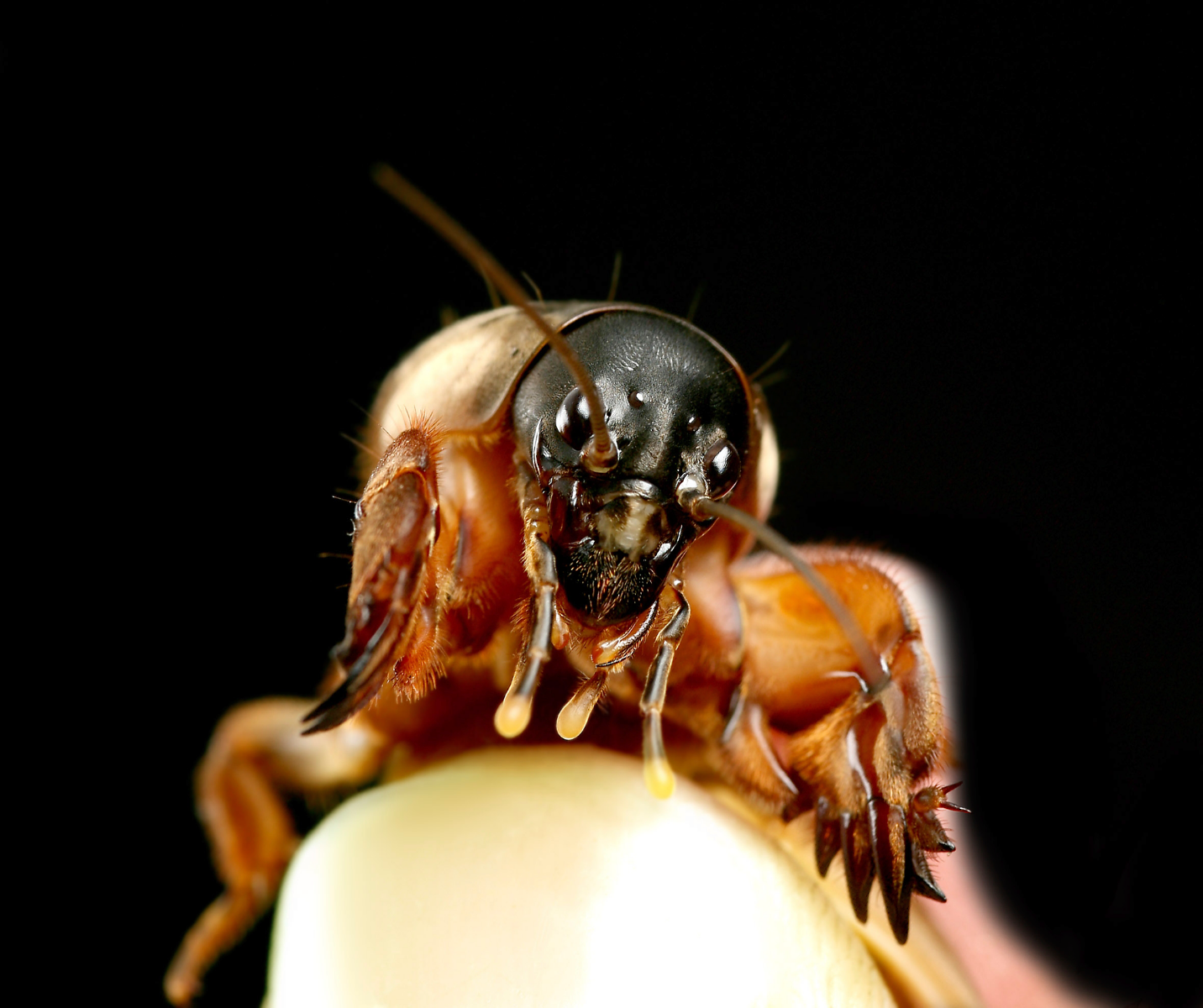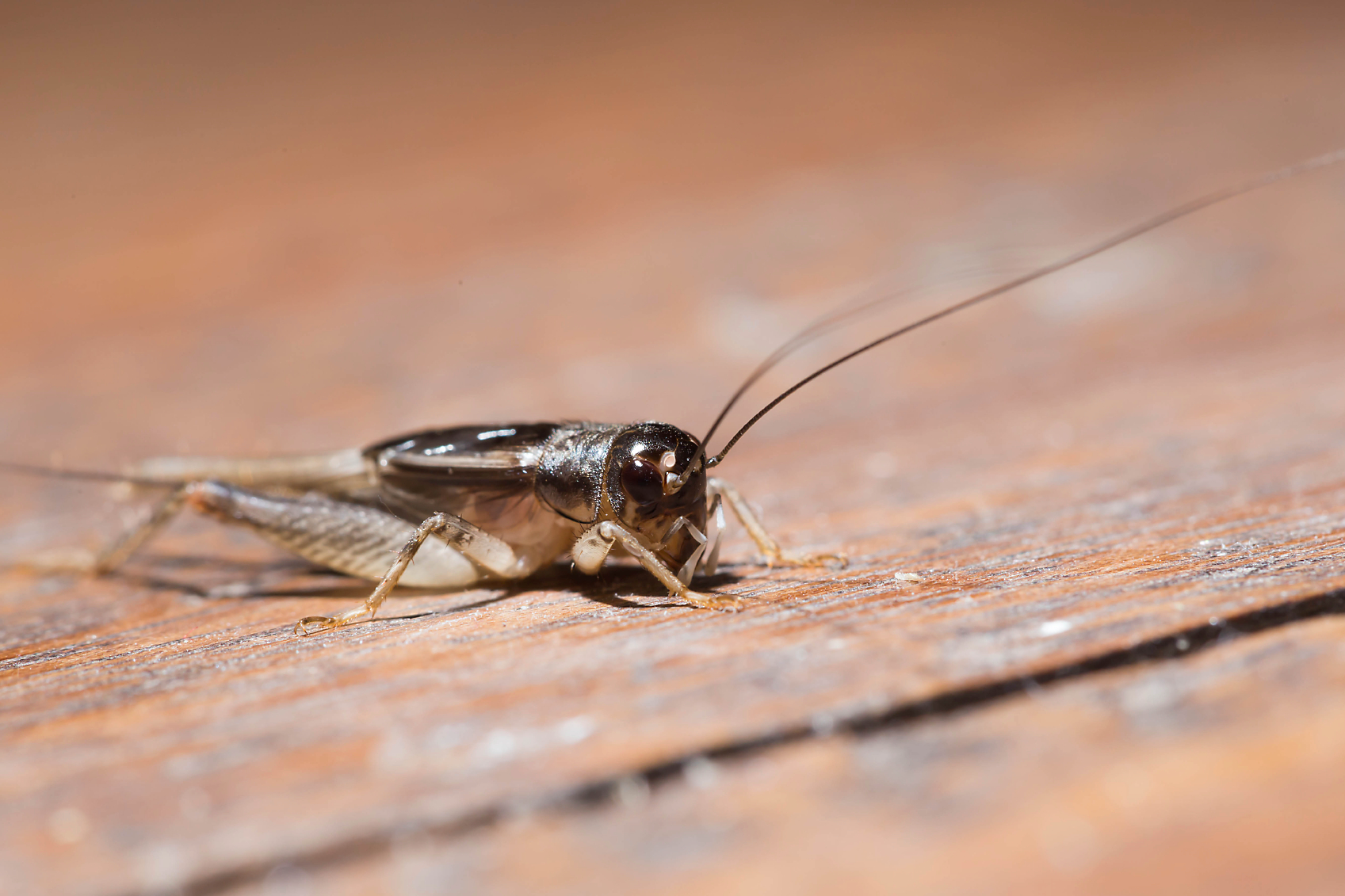What Do Crickets Eat In The Garden
What Are Crickets?

Crickets are insects distantly related to grasshoppers, and scientists have identified and described more than 900 species of crickets. The cricket family, called Gryllidae, has a worldwide distribution that spreads north to lower Alaska and south to the end of South America.
In many cultures, crickets are a sign of good luck and these creatures are often featured prominently in folklore and literature. Jiminy Cricket, a character in Walt Disney's "Pinocchio," is probably the most famous fictional cricket.
In nature, crickets are prey for many animals, from birds to bears, and they are a key part of the food chain. Crickets are also a popular feeder food for many pets, such as lizards and spiders. Humans eat crickets, too! In Southeast Asia, deep-fried crickets are a common snack food.
What Do Crickets Look Like?

To most people, a cricket looks a lot like its cousin, the grasshopper. Crickets have cylindrical bodies, rounded heads, long antennae and strong hind legs with particularly long thighs. Most crickets found in the U.S. are black or brown, though a few are green.
The largest crickets in the world, the bull cricket family, can grow to be two inches long.
What Attracts Crickets?
Crickets are attracted to your property for three reasons: Food, shelter and light. They can find food to eat in your lawn, garden and flowerbeds. In your basement or cellar, they will scavenge for more food, including other insects.
Outside, crickets will hide among foliage or under objects such as rocks, paver stones, lumber or garbage cans. They venture inside your home when normal nighttime temperatures drop, usually when autumn is approaching.
Nighttime light is another big attractant for crickets. Scientists aren't exactly sure why many nocturnal insects are drawn toward light sources, but many cricket species are. This means that outdoor lights or bright lights visible through windows will likely attract them.
Are Crickets Harmful to Plants?
Many cricket species can be a garden pest, where they will munch on young plants or flowers, but usually their damage is minor compared to other insect species. They only get truly destructive if there is a population outbreak.
It's also important to know that crickets lay their eggs in the loose soil found in gardens and flowerbeds. That means cricket populations may continue to grow unchecked unless properly treated.
Are Crickets Harmful to Pets?
For the most part, crickets are not considered a danger to pets unless they reach infestation levels. For example, a swarm of crickets may consume all of your pets' food or irritate them to the point of causing stress.
Beyond that, many pets will opportunistically eat any crickets they encounter.
Are Crickets Harmful to People?
At first thought, it's hard to imagine that crickets are dangerous to people. Their mouths are too small to bite us. They don't sting or inject venom, but they do have one annoying habit that can really bother you: Chirping. Non-stop chirping from just one cricket can interrupt your sleep or scramble your ability to concentrate. Further, crickets don't have to be in your house to be annoying -- if your garden or flowerbeds are directly outside a bedroom window, these noisy insects are just as likely to keep you from a good night's sleep.
Large cricket infestations may pose their own risks: They can generate a massive amount of excrement which may cause sanitation issues.
Another reason for concern is crickets may unintentionally attract additional predator species to your home or business. Since they are such a great source of protein, many animals – from spiders to raccoons – will be drawn to an area infested with crickets, and these other animals could pose certain risks of their own.
With these issues mind, eliminating an infestation should be a primary concern for homeowners and building managers.
What Do Crickets Eat?

Like many insects, crickets are not picky eaters. As omnivores, they will eat both plant and animal matter. They also act as scavengers and will eat decaying animals and rotting vegetation. In times of desperation, crickets will also cannibalize other crickets, often targeting injured or weakened individuals.
Mole crickets, a common lawn pest in the southeastern U.S., have a diet that focuses on worms, insect larvae, roots and grasses. Crickets kept as pets (or as food for other pets) are often fed lettuce and ground-up dog kibble.
How and Why Do Crickets Chirp?
Only male crickets chirp. They do so to announce their capability to mate. Others also chirp as a celebratory song after having successfully mated. Further, crickets will chirp just about anywhere – outside or inside – which explains why they can be so annoying if they make it inside your home.
To make their chirping noise, the male scrapes its wings together in a process called stridulation. As the two rub together, comb-like serrations on the wings generate the chirp, a sound that is magnified by another part of the wing.
The greenhouse camel cricket, an increasingly common basement invader, sometimes called a cave cricket or spider cricket, is not known to chirp.
Do Cricket Chirps Measure the Temperature?
Yes, crickets chirp at a greater pace depending on the temperature. If you're willing to do a little math, you can determine the temperature based on the number of chirps with these two formulas:
- Original Formula- Temperature in Fahrenheit = 50 + (chirps per minute - 40)/4.
- Simplified Formula- Temperature in Fahrenheit = 40 + (Chirps of a single cricket heard over 15 seconds).
This correlation between chirps and temperature was first reported by Amos Dolbear, who published an article about it in 1897. As a result, the original formula was named Dolbear's Law. The simplified formula isn't as exact as Dolbear's, but it will be close to the actual temperature and can be calculated a little faster.
What is the Difference Between a Cricket and a Grasshopper?
At first glance, a cricket and grasshopper look a lot alike. However, there are distinct differences in their appearance and activities.
Cricket or Grasshopper?
| FEATURE | CRICKET | GRASSHOPPER |
| Activity Cycle | Night (Nocturnal). | Day (Diurnal) |
| Diet | Omnivore | Herbivore |
| Antennae | Very long | Short |
| Stridulation | Rubs forewings together | Rubs hind leg to forewing |
Cricket Life Cycle

After overwintering as eggs, the year's first generation of crickets hatches in the spring. As the nymphs begin eating, they start to grow and molt several times as they reach adulthood. With their final juvenile molt, crickets grow their wings, a stage that also signifies their sexual maturity. Throughout the spring and summer, several generations will develop.
Female crickets of most species lay single eggs in moist soil by inserting their ovipositor into the ground and extruding the eggs. Over a lifetime, a female cricket could lay as many as 400 eggs.
Most species of crickets live from spring through fall and die as temperatures cool. Crickets that sneak into your home usually die after a short time.
What Do Crickets Eat In The Garden
Source: https://www.terro.com/crickets
Posted by: stricklandwhousen.blogspot.com

0 Response to "What Do Crickets Eat In The Garden"
Post a Comment